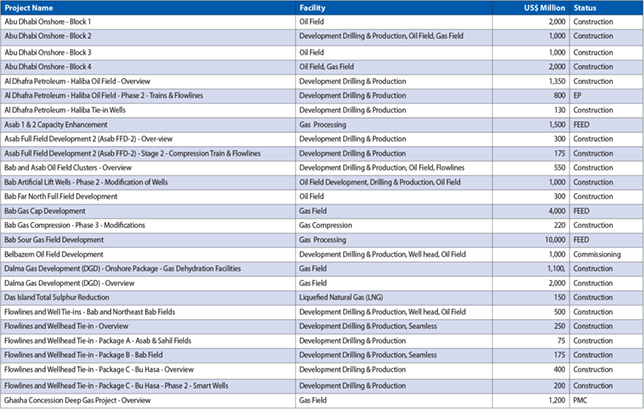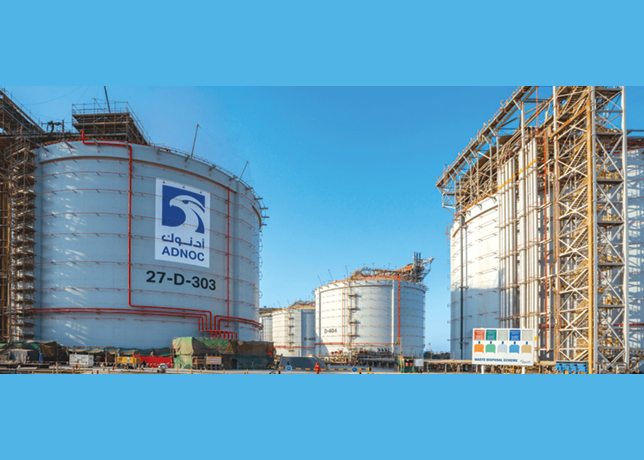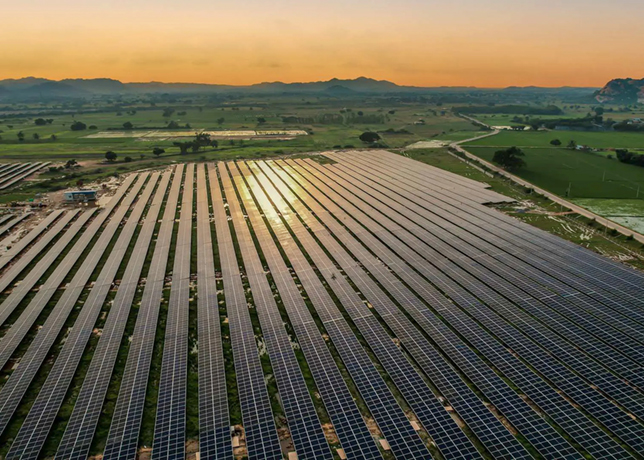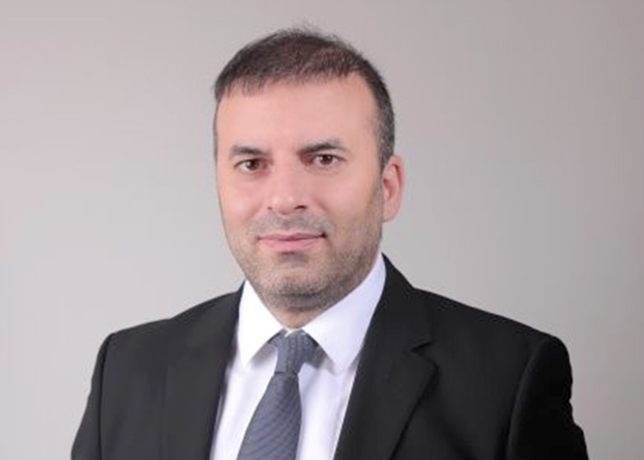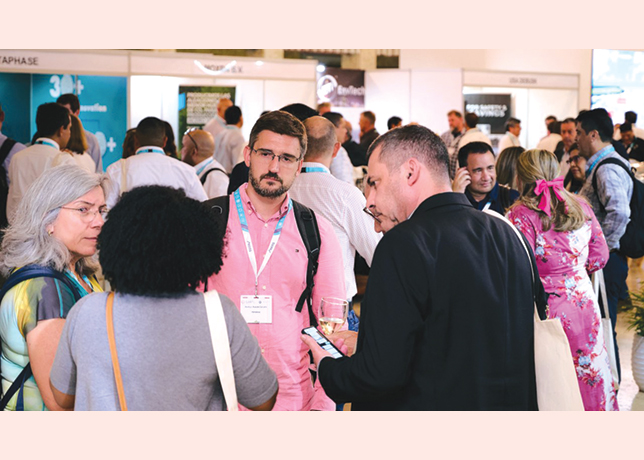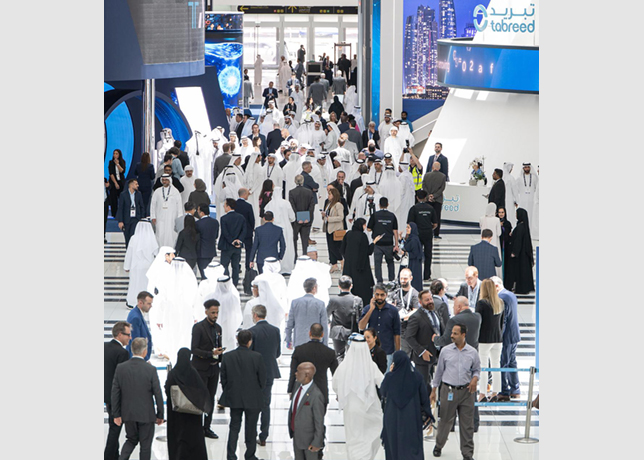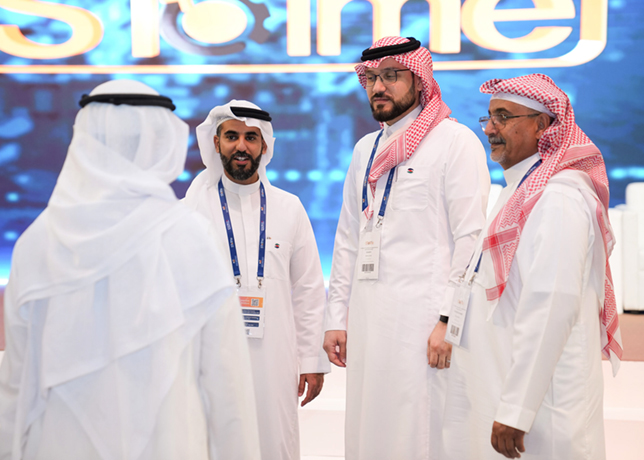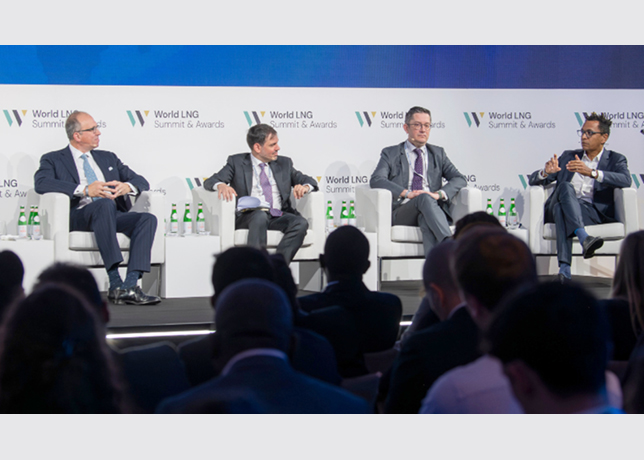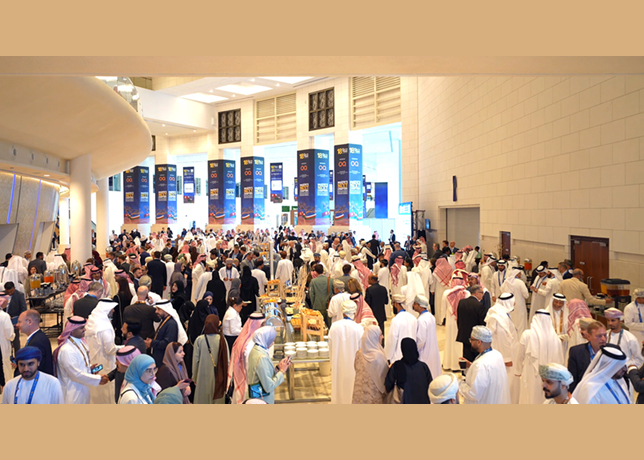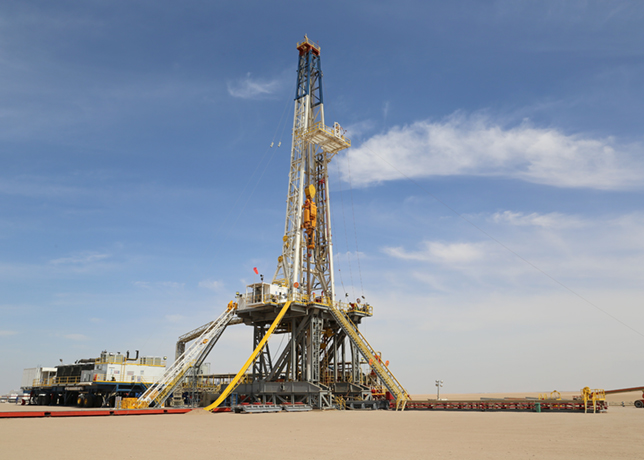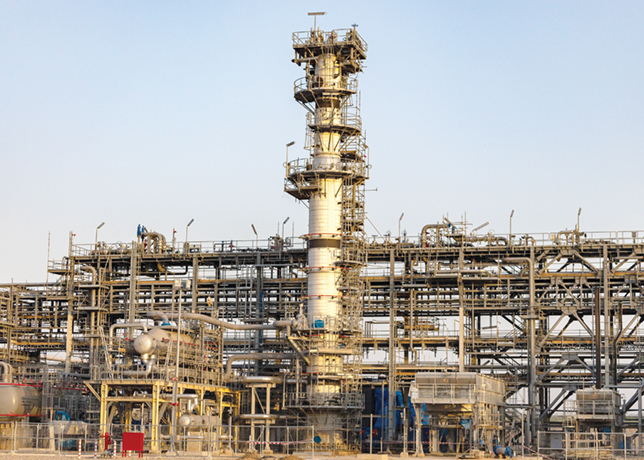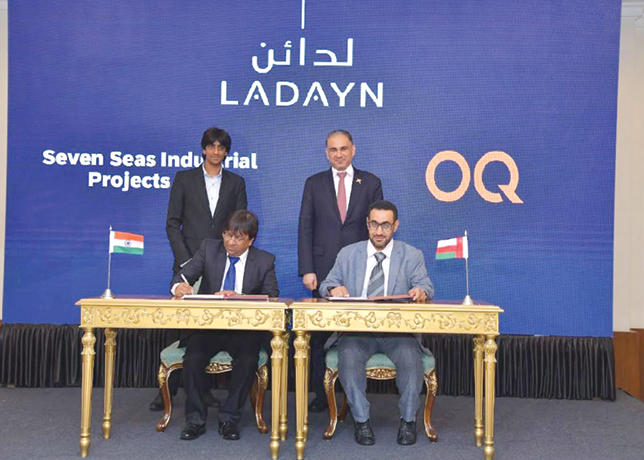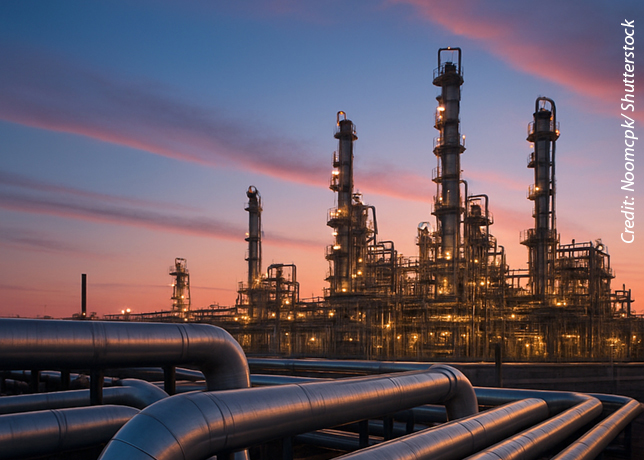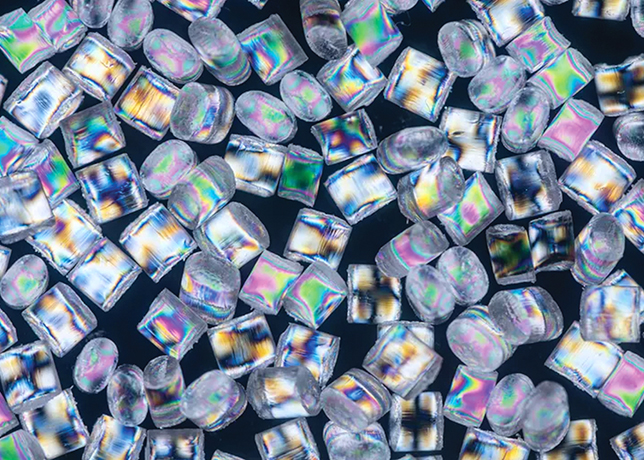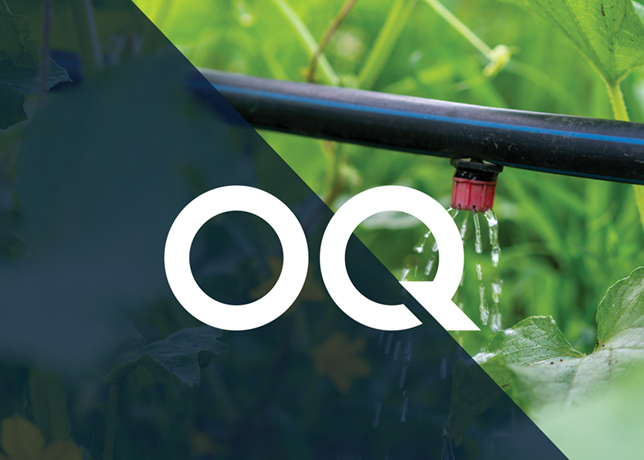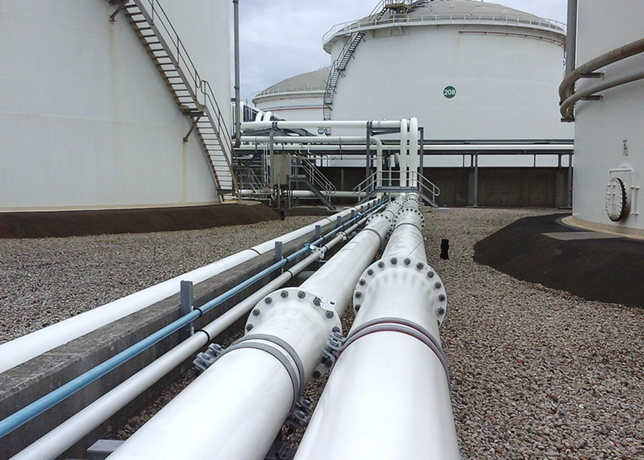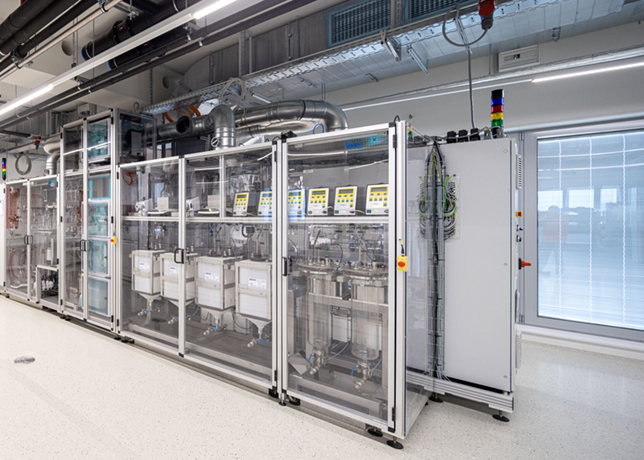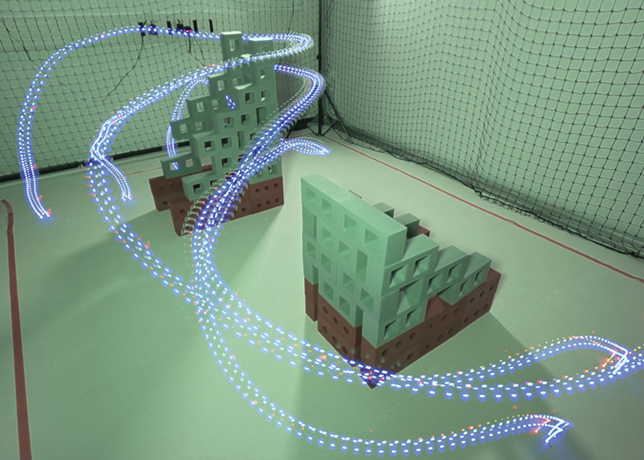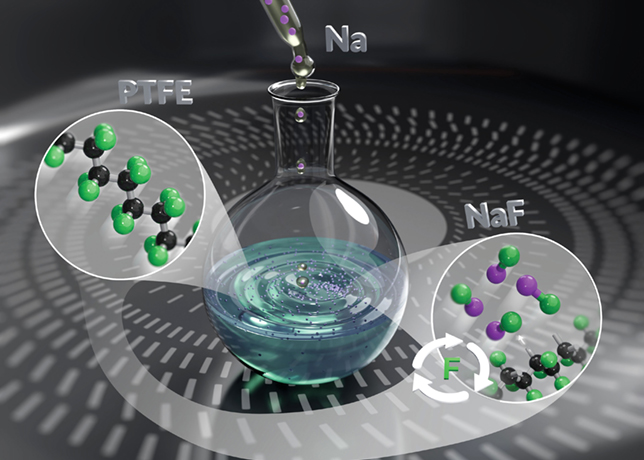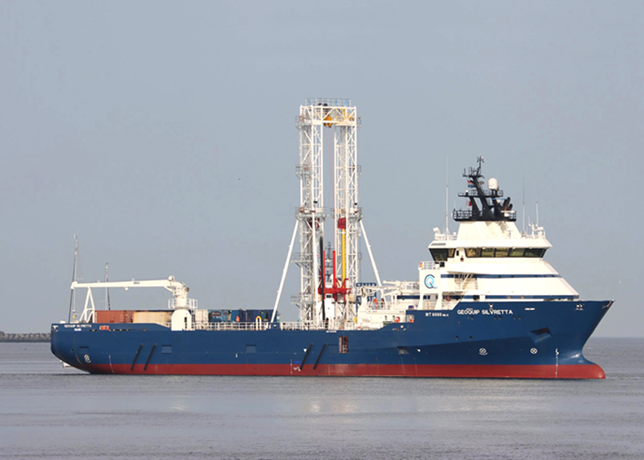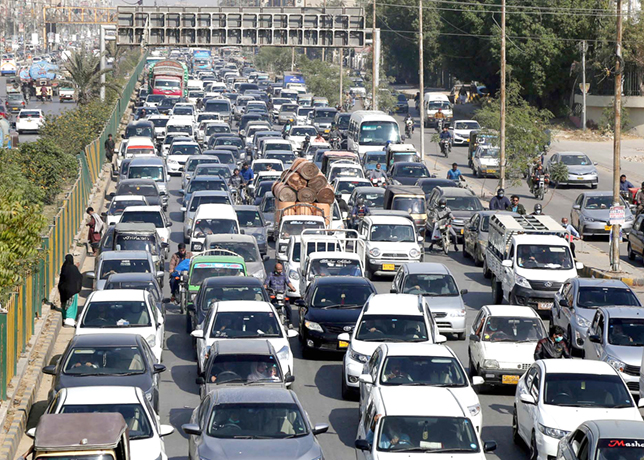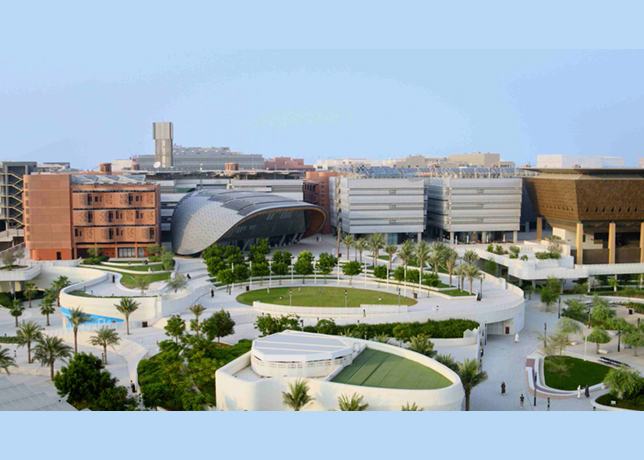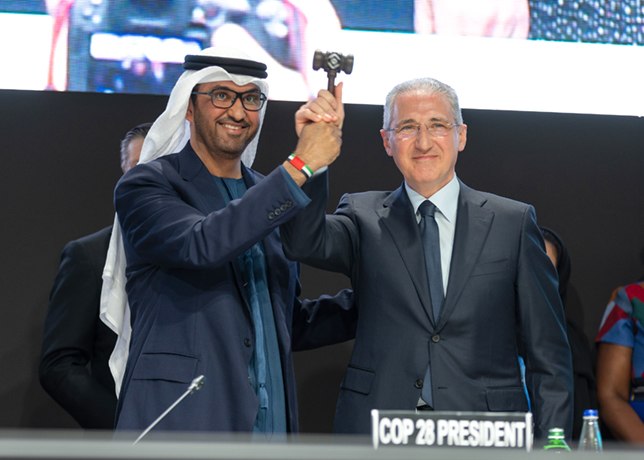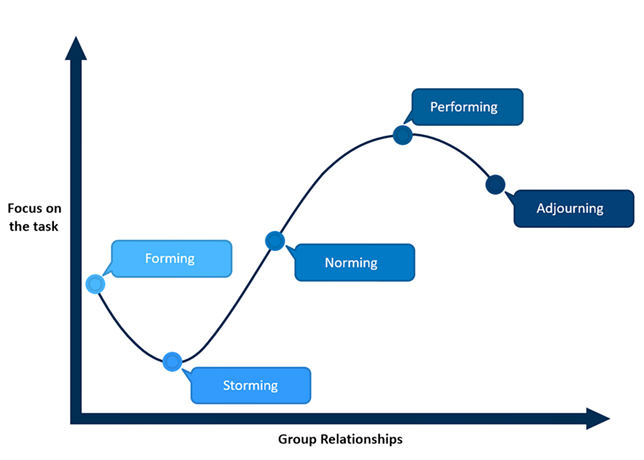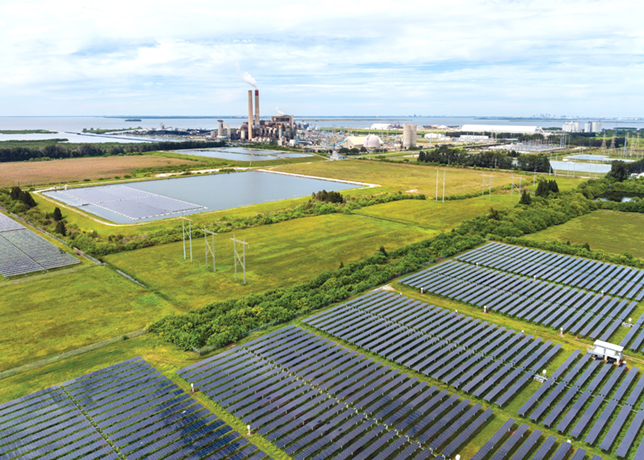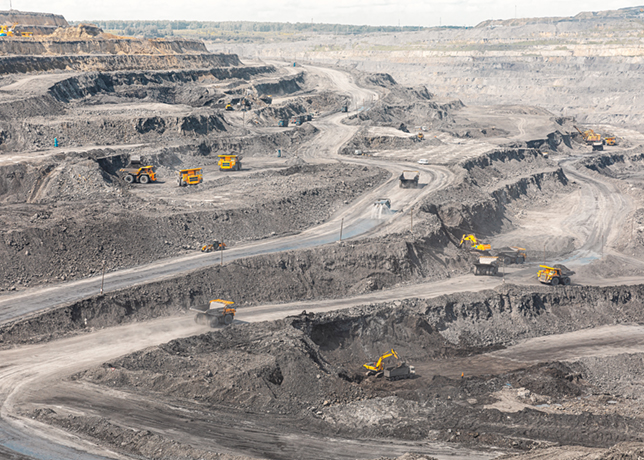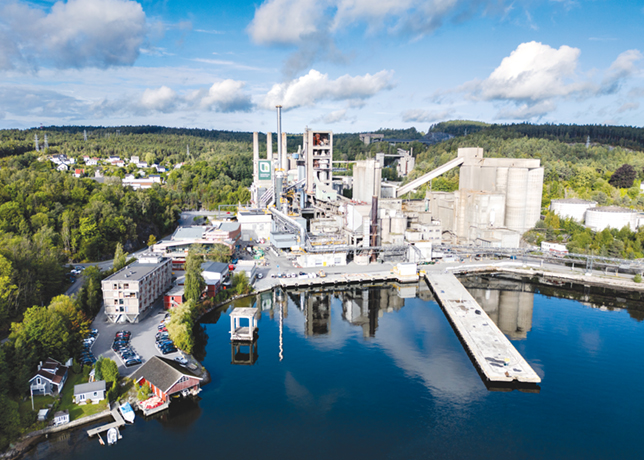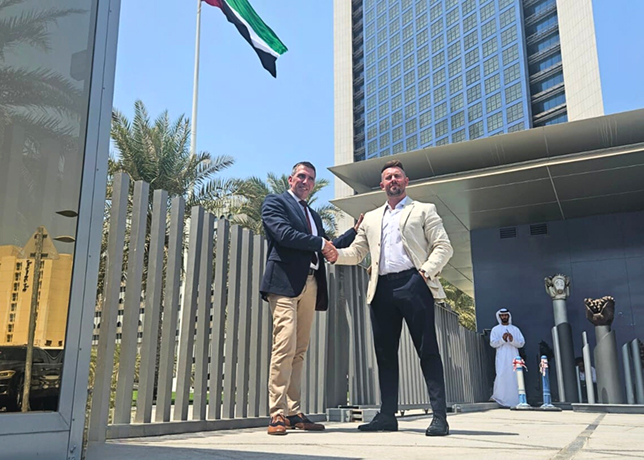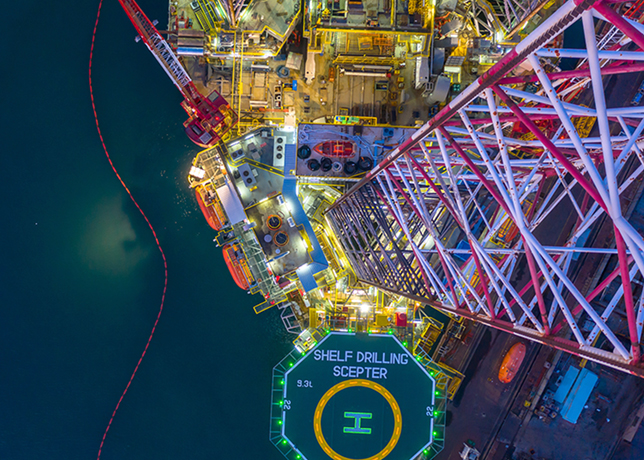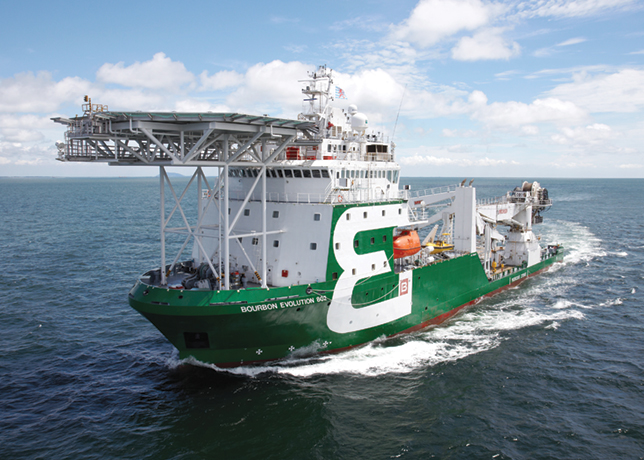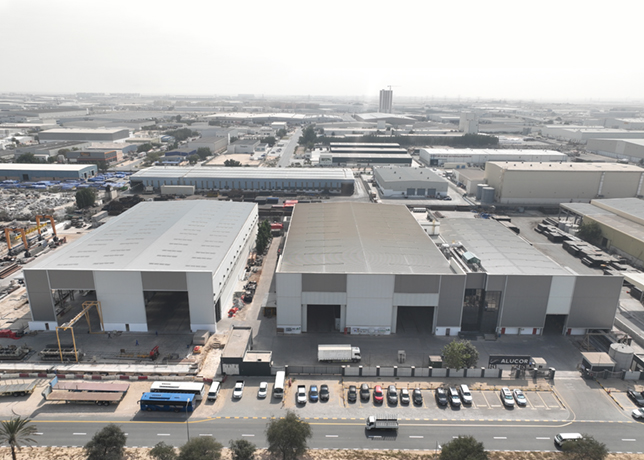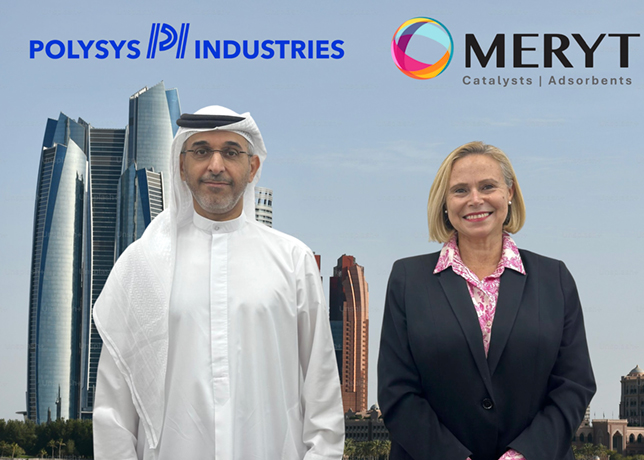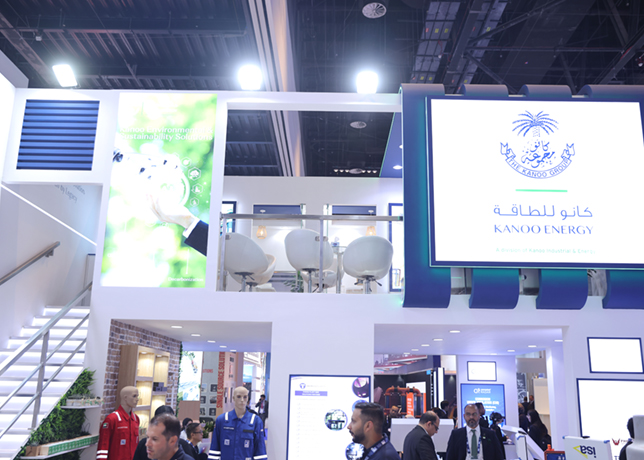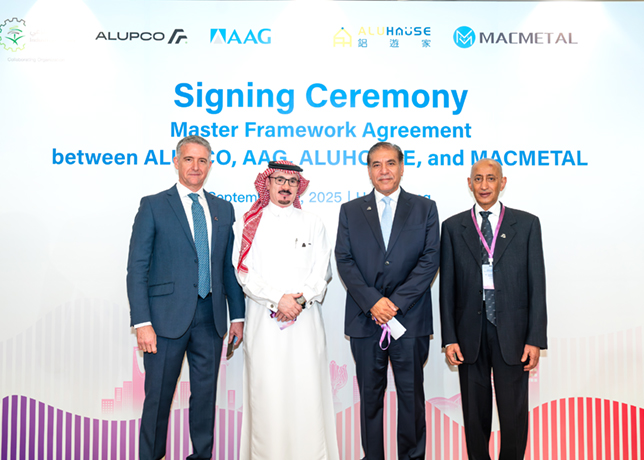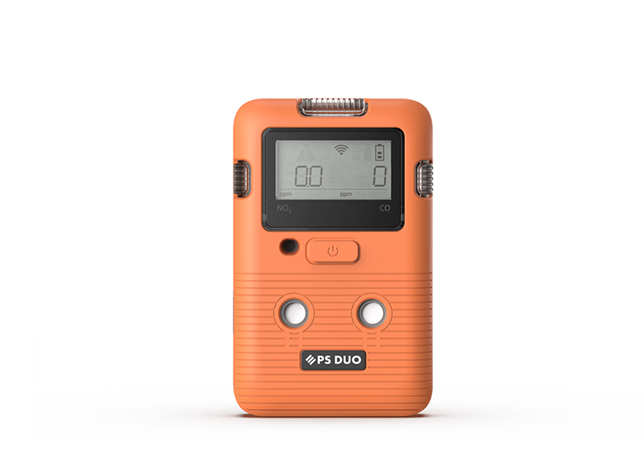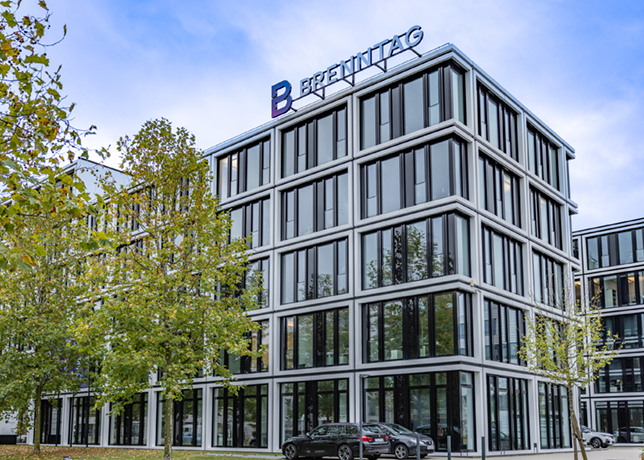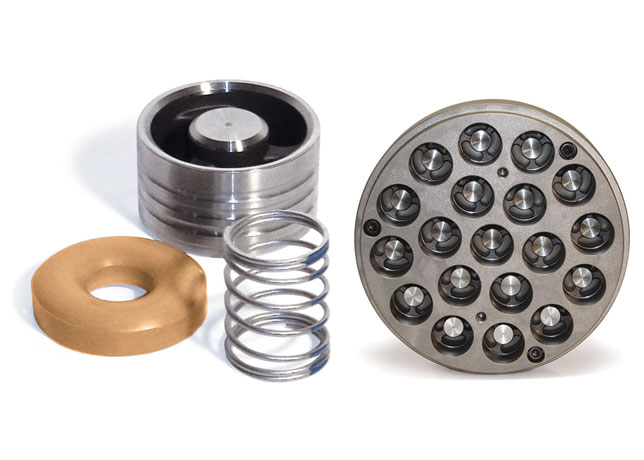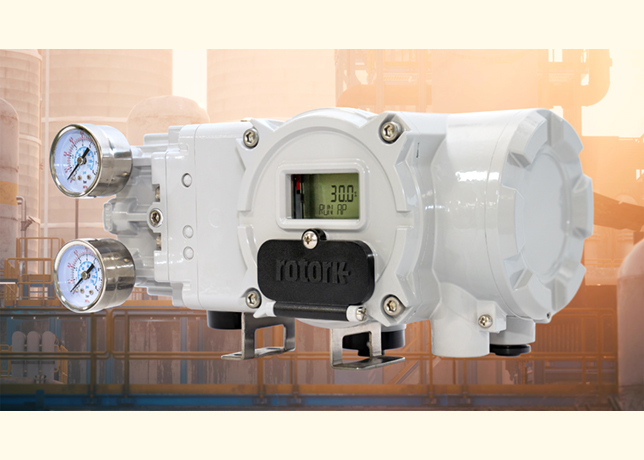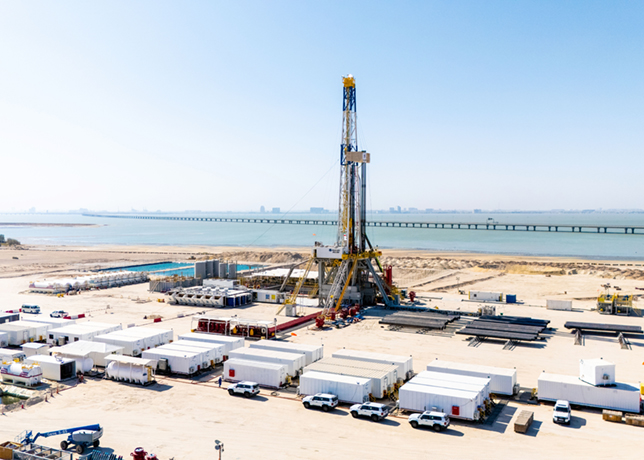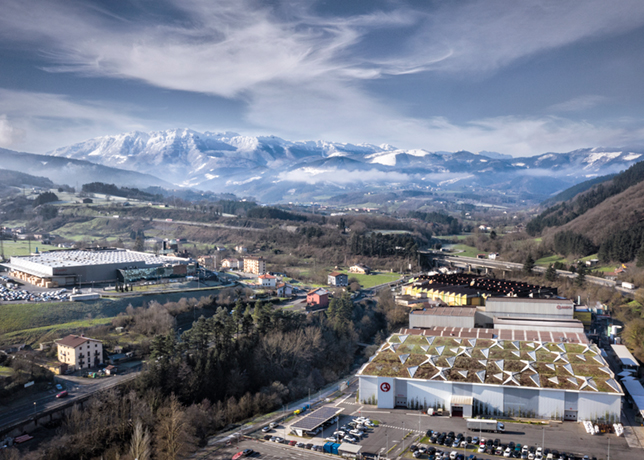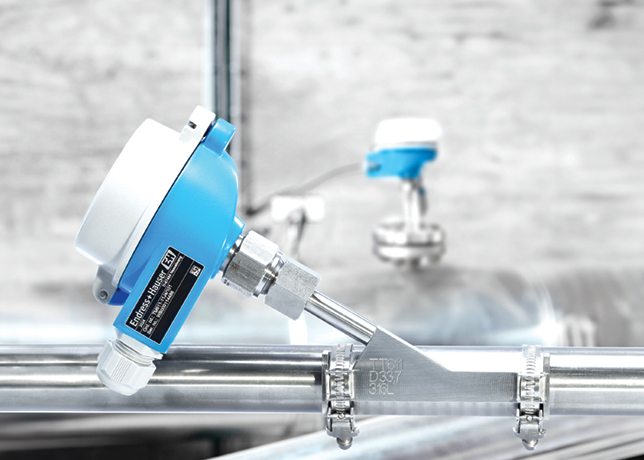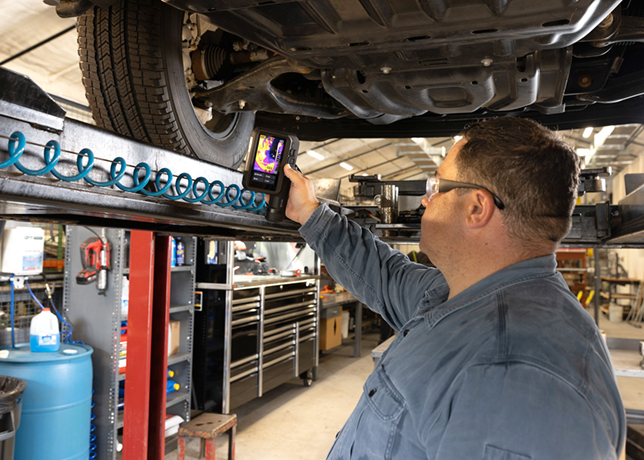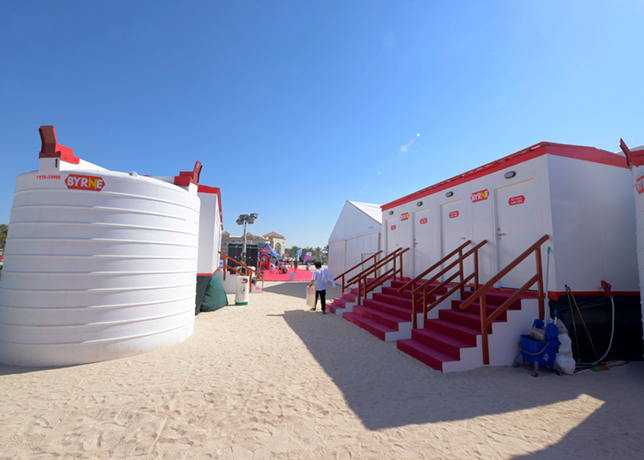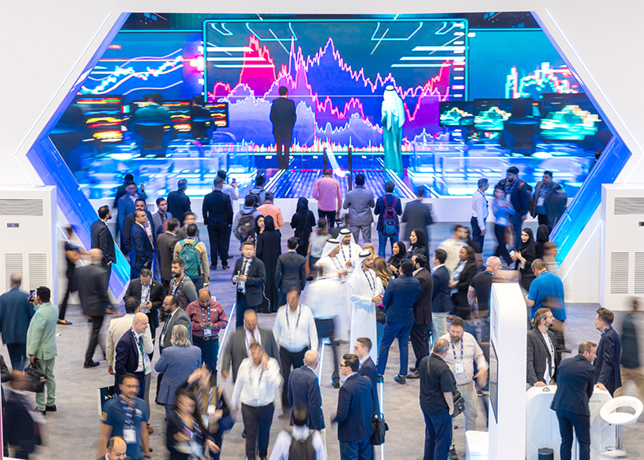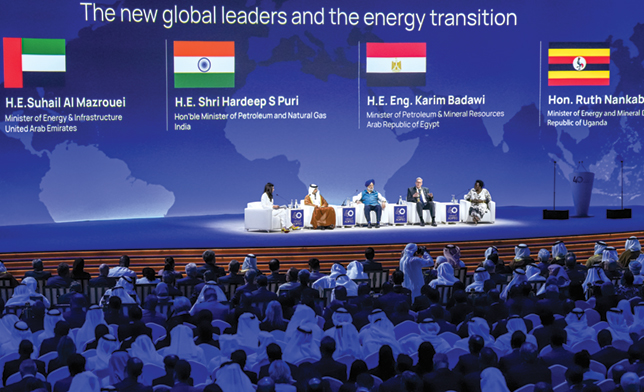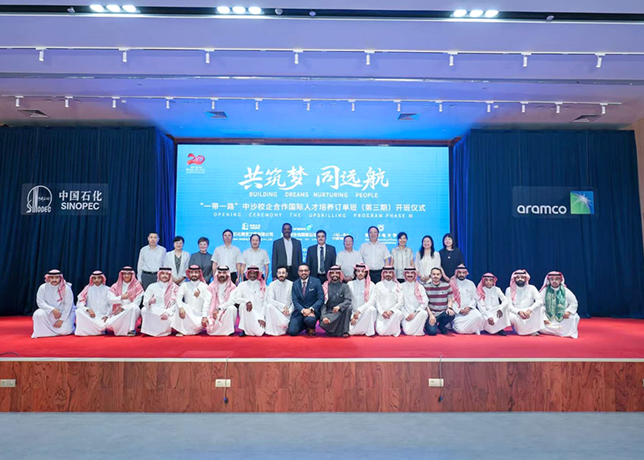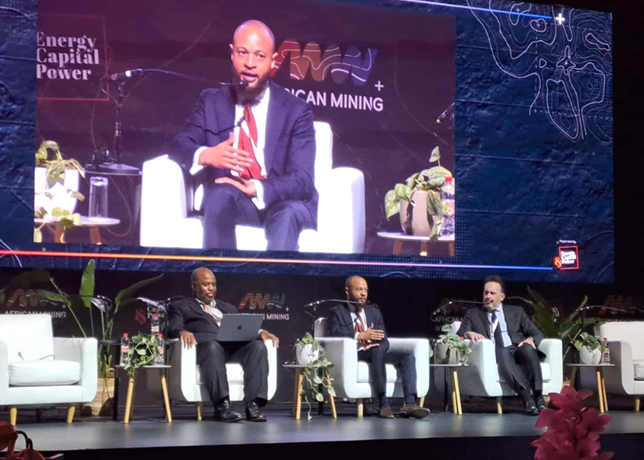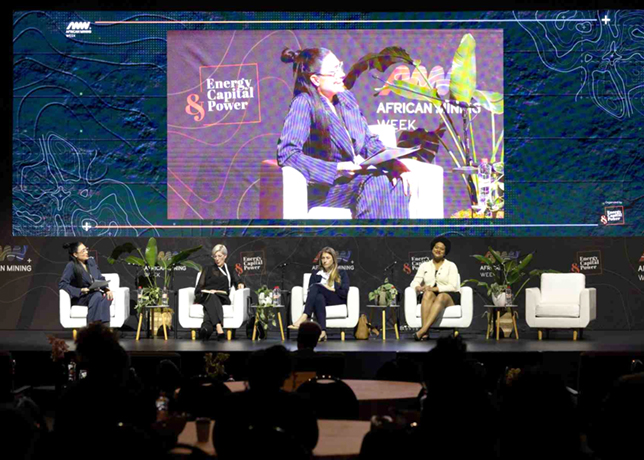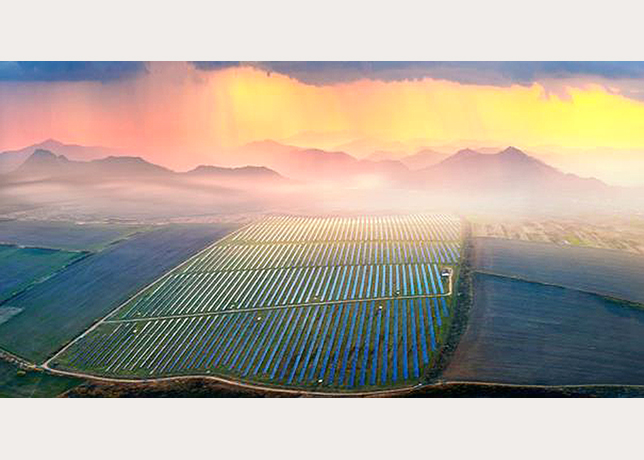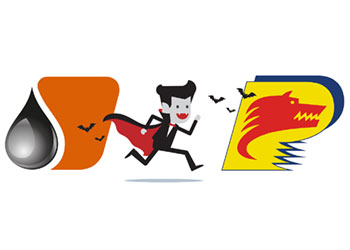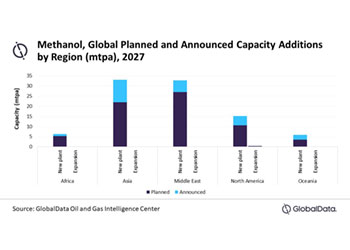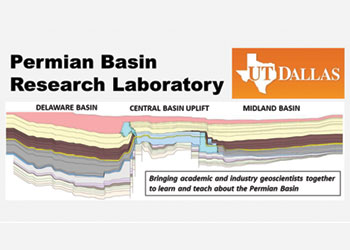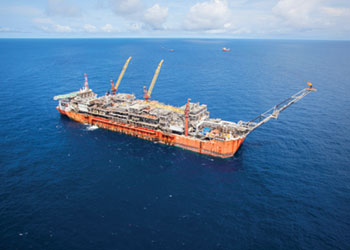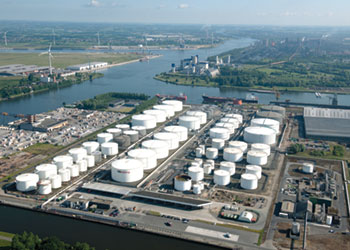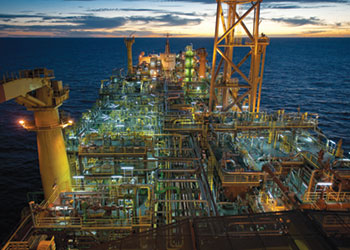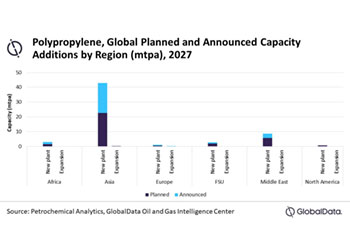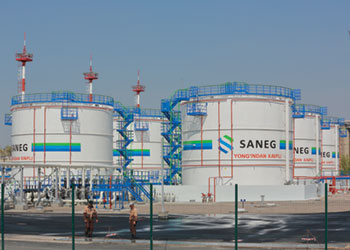
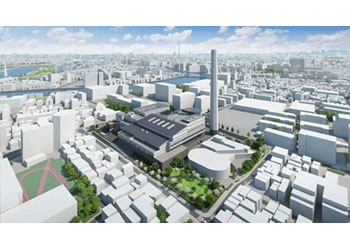 Conceptual drawing of the completed new Kita Incineration Plant
Conceptual drawing of the completed new Kita Incineration Plant
Mitsubishi Heavy Industries Environmental & Chemical Engineering (MHIEC), a Group company of Mitsubishi Heavy Industries (MHI), has received an order from the Clean Authority of TOKYO to rebuild the Kita Incineration Plant in Kita City, Tokyo.
This municipal solid waste incineration plant with disposal capacity of 600 tonnes per day has been in operation since 1998, and has become superannuated. Completion and handover of the new facility is scheduled for February 2030.
The new plant will comprise two stoker incinerators, each with disposal capacity of 300 tonnes per day, and power generation equipment. The stokers to be used are V-type stoker waste incinerators with low loss on ignition, developed exclusively by MHIEC to further optimise the drying and combustion process compared to conventional stokers. This is the first use of this system in Japan.
The plant will also incorporate high efficiency power generation using heat energy produced during the incineration process, as well as provide excess heat to nearby city facilities.
The V-type stokers to be installed in the new plant have an optimised stoker structure and incinerator shape with the surface of the stoker directed at the center of the flame during each of the processes of drying, combustion and post-combustion.
The main benefit of this design is the ability to efficiently make use of radiant heat as the waste is combusted, helping to stably burn and reduce the volume of waste, which varies in terms of characteristics and conditions, and reducing the proportion of unburned combustibles in the post-combustion ash (unburned waste), contributing to a lower environmental load.
The environmental performance and other benefits of this design were recogniSed in July 2022 with the receipt of the top ‘Ministry of Economy, Trade and Industry (METI) Minister's Award’ at the 48th Outstanding Environmental Systems Awards, hosted by The Japan Society of Industrial Machinery Manufacturers (JSIM).
The tender for this project was conducted as a comprehensive evaluation that considered the technical aspects of the proposal along with the cost.
MHIEC's proposal was selected in recognition of the use an exterior design reflecting the history of the area that minimised the oppressive feel of the building, a reduced environmental load from CO2 fixation through appropriate use of lumber from the Tama area, and improved automated combustion control using sensing technologies and deep learning.
The total tax excluded value of the contract, including dismantling and removal of the existing structure and construction of the new facility, is approximately 55.2 billion yen ($411 million).



